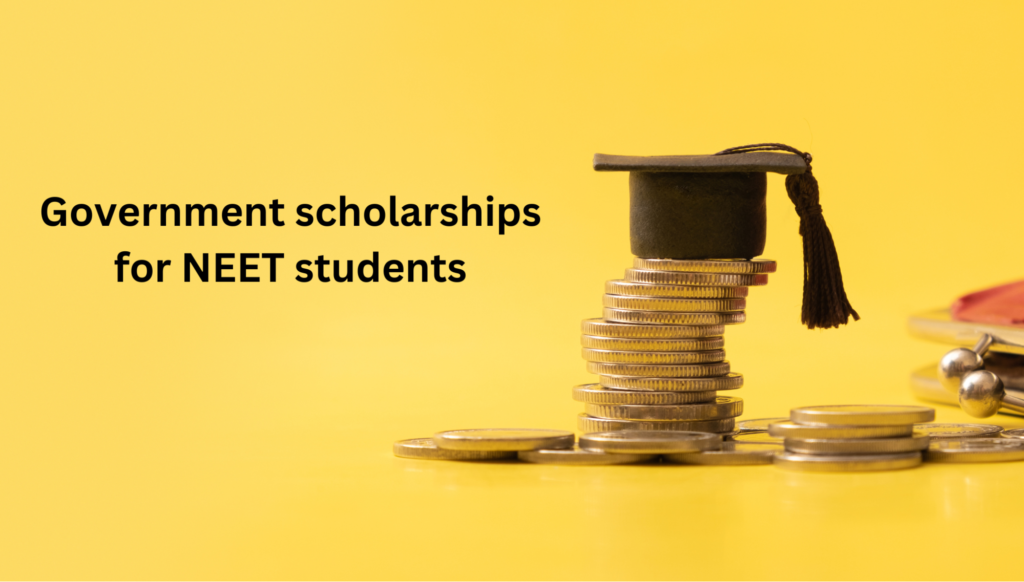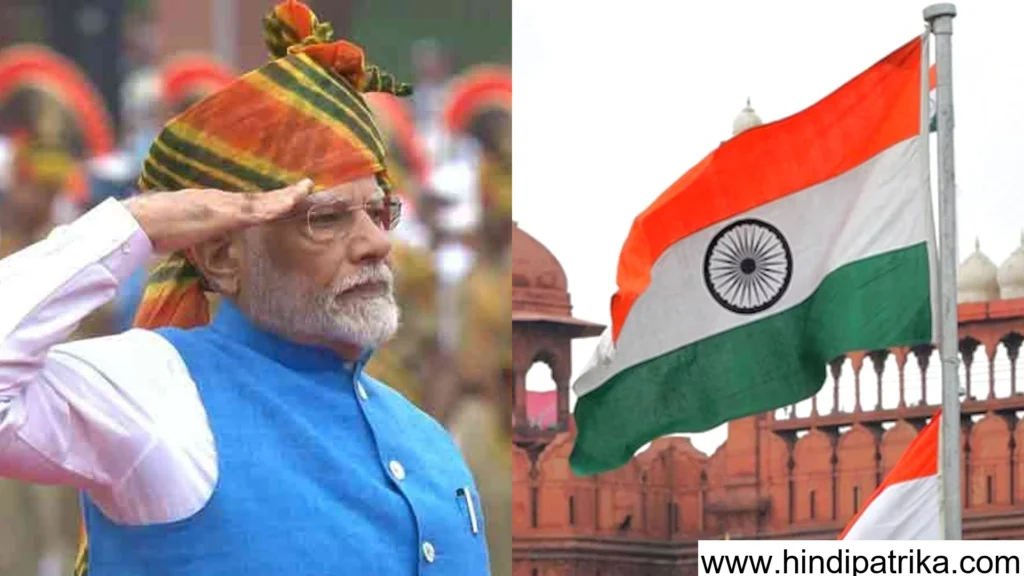
Education is the backbone of a nation’s progress. Recognizing the importance of accessible and inclusive education, the Government of India has consistently launched initiatives to support students from diverse backgrounds. Among these efforts, scholarships ranging from ₹10,000 to ₹20,000 serve as a vital tool to encourage academic excellence, reduce financial burden, and promote social mobility. In this article, we will explore these scholarship schemes in detail — their objectives, types, eligibility, application procedures, and the broader impact they create.
Modi New Scheme 2025: A Golden Opportunity for 2nd PUC Students – Apply Now!
Why Scholarships Matter

Scholarships do more than just offer financial assistance; they serve as instruments of transformation. For students from economically weaker sections (EWS), scholarships can mean the difference between continuing education or dropping out due to financial stress. They also motivate meritorious students by recognizing and rewarding hard work.
Key Benefits:
- Financial relief: Direct monetary support for tuition fees, books, uniforms, and other academic expenses.
- Encouragement for higher studies: Promotes continued education, especially among girls and disadvantaged communities.
- Reduction in dropout rates: Helps in maintaining student retention, especially at the secondary and post-secondary levels.
- Nation-building: Scholarships enable the creation of a skilled, educated, and productive workforce for the future.
Types of Government Scholarships (₹10,000 to ₹20,000 Range)

Several central and state government scholarship schemes fall in the ₹10,000–₹20,000 range. These schemes cater to students at different academic levels and backgrounds. Below are some of the most prominent ones:
1. Post Matric Scholarship for SC/ST/OBC Students
- Amount: Up to ₹20,000 per annum.
- Offered by: Ministry of Social Justice and Empowerment & State Governments.
- Eligibility: Students belonging to SC/ST/OBC communities pursuing post-matric studies (Class 11 and above).
- Income limit: Annual family income should not exceed ₹2.5 lakh (varies slightly by state and category).
- Purpose: Covers tuition, maintenance allowance, and other fees.
2. National Scholarship Portal (NSP) Merit-cum-Means Scholarship
- Amount: ₹10,000 to ₹20,000 per annum.
- Offered by: Ministry of Minority Affairs.
- Eligibility: Minority students (Muslim, Christian, Sikh, Buddhist, Jain, and Zoroastrian) pursuing professional and technical courses.
- Income limit: Family income must be less than ₹2.5 lakh per annum.
3. Central Sector Scheme of Scholarships for College and University Students
- Amount: ₹10,000 per year (UG level), ₹20,000 per year (PG level).
- Offered by: Department of Higher Education, Ministry of Education.
- Eligibility: Students who scored above 80th percentile in Class 12 board exams.
- Purpose: Supports meritorious students from low-income families.
4. AICTE Pragati and Saksham Scholarships
- Amount: ₹50,000 per year, with components of ₹10,000–₹20,000 used for tuition/academic expenses.
- Offered by: All India Council for Technical Education.
- Eligibility:
- Pragati: For girl students in technical education.
- Saksham: For differently-abled students.
- Income limit: Up to ₹8 lakh per annum.
5. Pre-Matric and Post-Matric Scholarships for Minorities
- Amount: ₹10,000 to ₹20,000 annually.
- Offered by: Ministry of Minority Affairs.
- Eligibility: Students from minority communities with academic merit and economic need.
- Purpose: Ensures educational continuity through school to higher education.
Eligibility Criteria: A Closer Look

While the amounts may vary, the general eligibility criteria for government scholarships are:
| Criterion | Typical Requirement |
|---|---|
| Academic Level | Class 9 onwards, including UG and PG courses |
| Nationality | Must be an Indian citizen |
| Academic Performance | Minimum 50%–80% in previous qualifying exam |
| Income Limit | Generally up to ₹2.5 lakh–₹8 lakh per annum |
| Category Specific | Some are for SC/ST/OBC/Minority/Disabled/Girls only |
It’s important to review specific scholarship guidelines to ensure accurate eligibility assessment.
How to Apply: Step-by-Step Process

Most government scholarships are centralized under the National Scholarship Portal (NSP) [https://scholarships.gov.in], simplifying the application process for students across the country.
Step 1: Registration
- Visit https://scholarships.gov.in
- Click on “New Registration” and fill in your details (Aadhaar, bank account, mobile number).
Step 2: Login and Fill the Application
- Use your registration ID to log in.
- Complete the scholarship application form.
- Upload required documents (mark sheets, income certificate, caste certificate, bank passbook).
Step 3: Submit
- Verify all information.
- Submit and take a printout for future reference.
Some scholarships are also administered through state government portals like e-District, Mahadbt (Maharashtra), or Kalia Yojana (Odisha).
Required Documents

To avoid rejection, students must submit valid and updated documents:
- Aadhaar Card
- Bank account details (linked with Aadhaar)
- Income certificate
- Caste certificate (if applicable)
- Bonafide certificate from the institution
- Previous year’s mark sheet
- Passport-size photograph
Success Stories: Real Impact of ₹10,000–₹20,000 Scholarships

1. Aarti Kumari – Bihar
Aarti, the daughter of a farmer, received ₹20,000 through the Post Matric Scholarship for SC students. The amount covered her admission and hostel fees for college. She is now pursuing a degree in Nursing and aims to work in public health.
2. Rakesh Sharma – Rajasthan
From a small village, Rakesh topped his Class 12 board exams and earned a scholarship under the Central Sector Scheme. With ₹10,000 per year, he was able to purchase books and attend coaching classes, ultimately securing a seat in IIT Roorkee.
How These Scholarships Empower India’s Youth

1. Encouraging Inclusive Growth
By offering financial support to marginalized communities, scholarships bridge the educational gap and promote social inclusion.
2. Promoting Gender Equality
Schemes like Pragati ensure that girls are not left behind in technical fields, which traditionally saw lower female participation.
3. Fostering Innovation and Skill Development
When students are relieved from financial worries, they can focus more on creativity, research, and practical skill-building.
Challenges and Improvements Needed

Despite their benefits, scholarship programs face certain implementation challenges:
Common Issues:
- Lack of awareness among rural and tribal students.
- Delays in fund disbursement.
- Complicated documentation process.
- Low digital literacy among applicants.
Recommendations:
- Conduct awareness drives in schools and villages.
- Simplify application and verification processes.
- Ensure timely release of funds.
- Increase the scholarship amount to match inflation and rising education costs.
Government’s Vision for the Future

India’s National Education Policy (NEP) 2020 emphasizes increasing gross enrollment ratio and reducing dropout rates. Scholarships are central to this vision. The government is actively working to:
- Expand the scope of existing schemes.
- Introduce new scholarships for skill development and vocational training.
- Promote digital platforms to ease access.
Conclusion
The Indian government’s scholarships in the ₹10,000 to ₹20,000 range are a lifeline for countless students striving to realize their academic dreams. These schemes not only provide monetary support but also inspire hope and confidence in the future. With better awareness, simplified processes, and efficient implementation, these scholarships can unlock the full potential of India’s youth — turning financial barriers into stepping stones for success.








